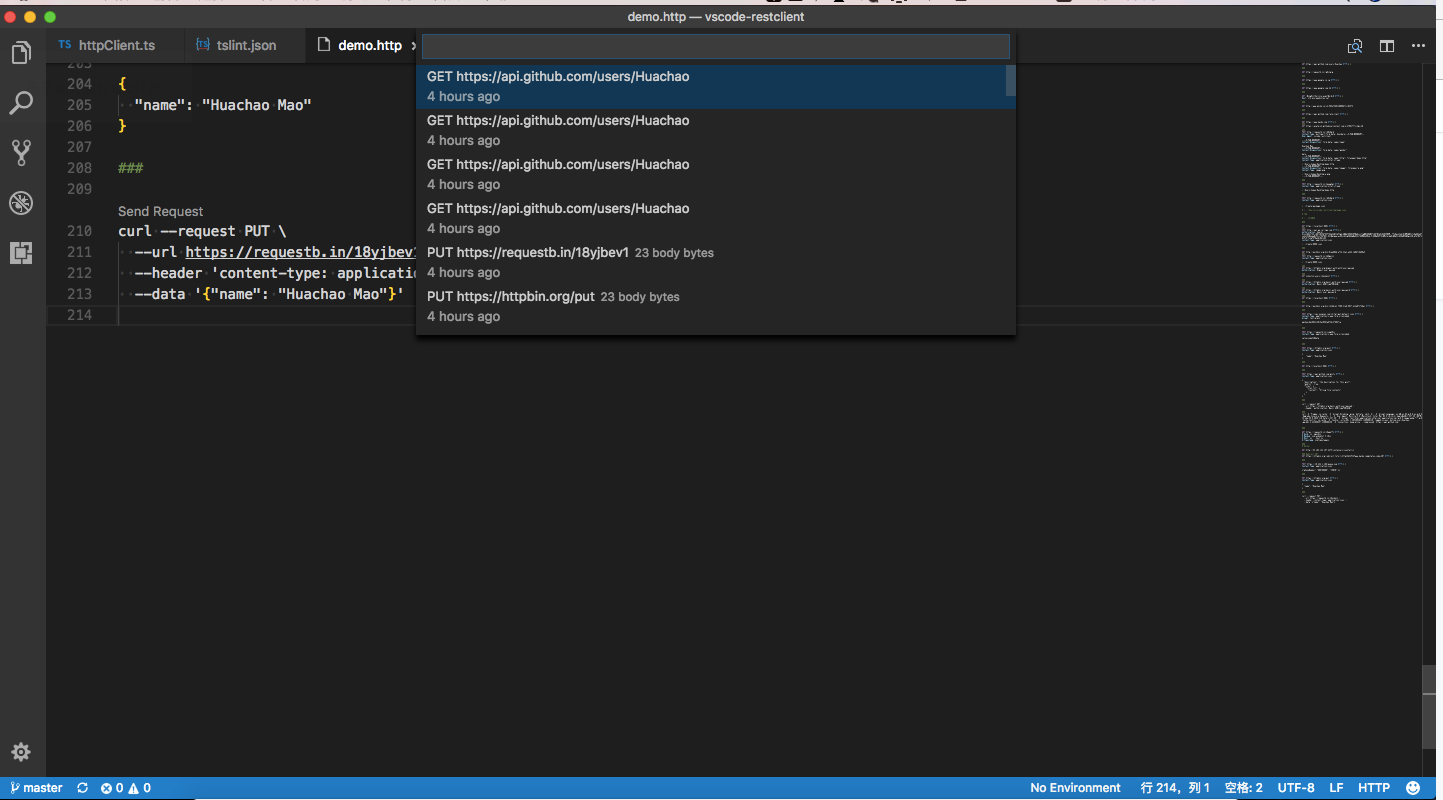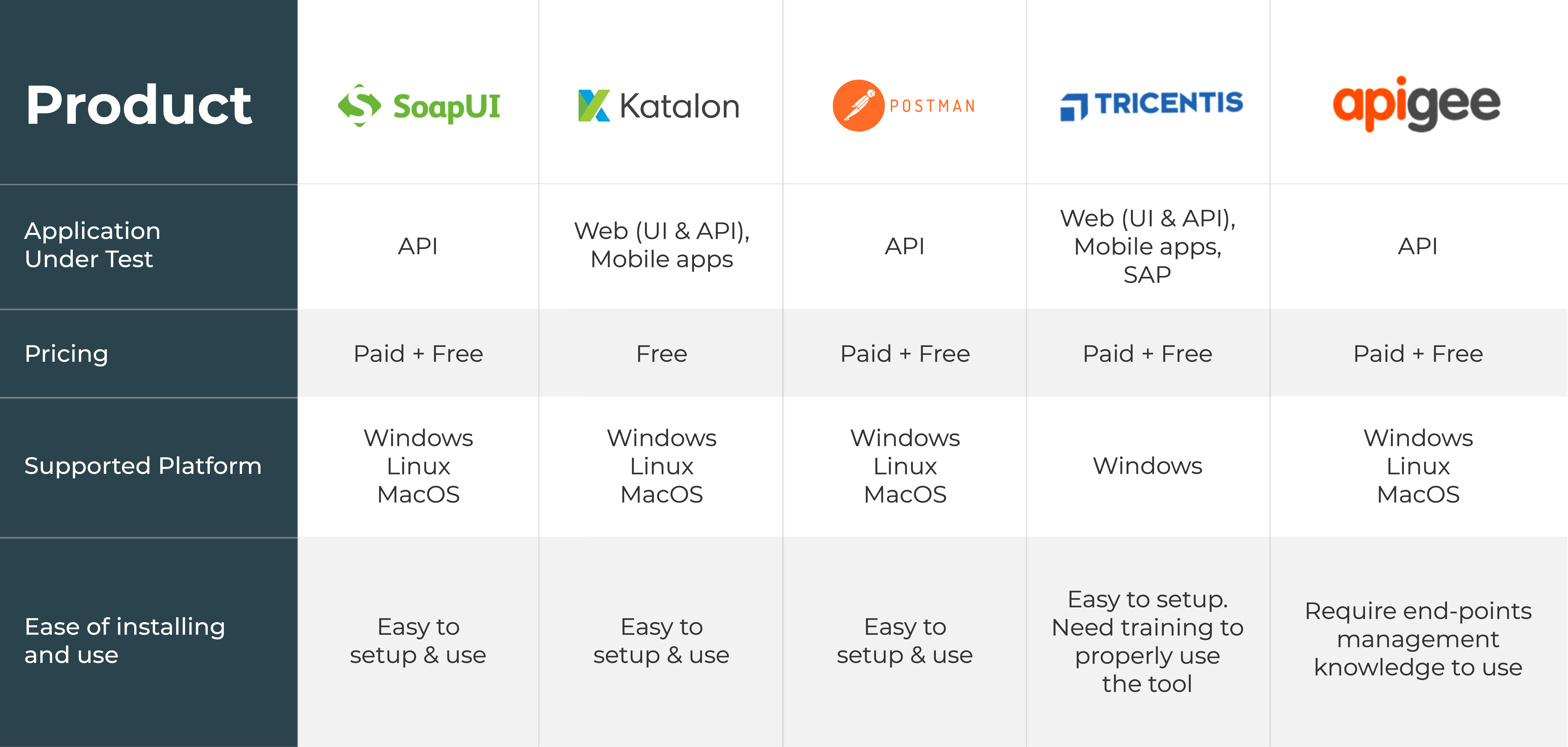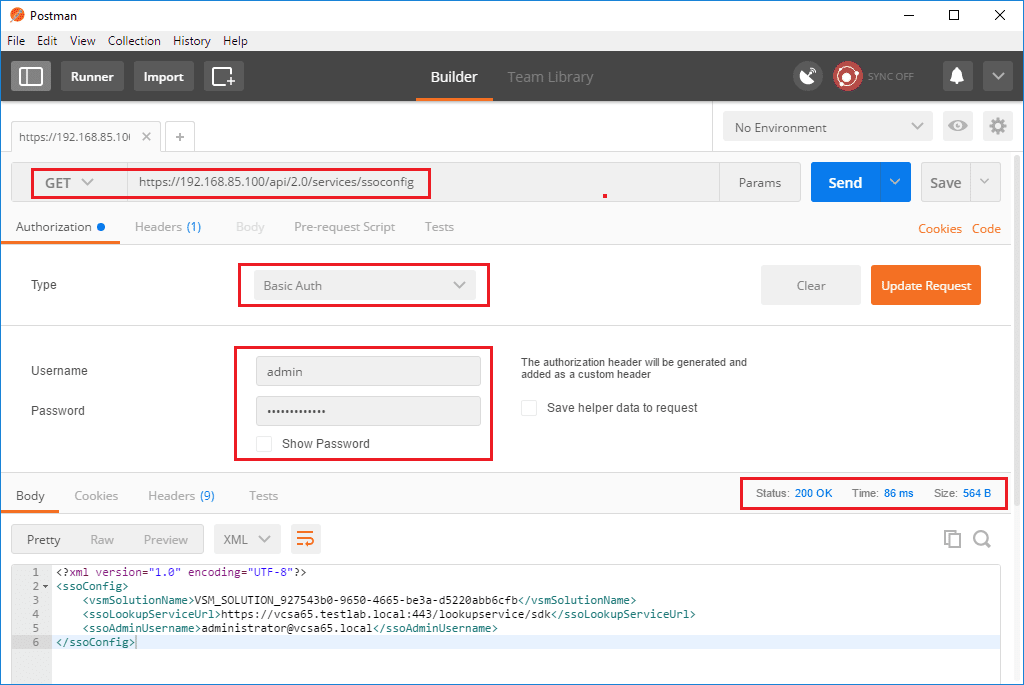
Multipart/form-data-For sending large quantities of binary data or text containing non-ASCII characters URL-encoded-The default content type for sending simple text data Create and save custom methods and send requests with the following body types: (Postman also works with SOAP and GraphQL.) Load testing gives meaningful results when tests are done against a similar environment to production (configurations, code, physical resources like disks and memory, etc.).Use Postman as a REST client to create and execute queries. Load testing is an important practice since it prevents organizations from downtime and failures due to errors like the timeout or memory overflows. Using the results from our tests, we determined how our API can behave with a certain number of users and requests. In this practice lab, we created a RESTful API and tested its performance using Locust. For instance, if we don’t accept a response time greater than 450ms, we know that our application cannot handle more than 117 requests per second and that the max number of simultaneous users should be less than 350. Using the Charts view, we can determine some fact-based conclusions. We can start a test by giving this value to Locust, using the web interface, as well as the the hatch rate, which is the number of users spawned by second.Īfter clicking on “Start spawning”, you can see different live statistics about your tasks like the number of requests, fails, and other statistics about the response time. The web interface of Locust is available by default at Say our API should support a number of 10000 users. Now start our Flask API using python app/app.py and Locust using locust -host= Make sure to change by the real address of your application.
Windows rest api client test software#
"description": "checking if a software can handle the expected load" This lab is used in course DevOps200.1x: DevOps Practices and Principles: Module 4.įrom locust import HttpLocust, TaskSet, task.

In this practice lab, we are going to create a simple REST API and write some load test scenarios. Gatling, JMeter, and Locust are some load testing tools. Help to determine how much load the hardware can handle before resource utilization limits are exceeded.Help to determine how many users the application can handle before performance is compromised.Collect data for scalability and capacity-planning purposes.Detect functionality errors under load.

Evaluate the adequacy of a load balancer.Determine the adequacy of a hardware environment.Determine the throughput required to support the anticipated peak production load.Load testing can help you determine some metrics like the Mean Time Between Failure (MTBF) and Mean Time To Failure (MTTF).Īccording to Performance Testing Guidance for Web Applications, a load test enables you to measure response times, throughput rates, and resource-utilization levels, and to identify your application’s breaking point, assuming that the breaking point occurs below the peak load condition. This is performed by putting demand on an application under normal and peak load conditions. The purpose of this test is to check if software can handle what it was designed to handle and to identify blottlenecks and any performance degradation. There are several types of tests in software engineering and load testing is one of the most common. Security Framework integration into VSTSĬreate a Simple REST API and Perform Load Tests Using Locust.Deploy and use a Private Docker Registry.Fault injection in Azure Container Services.Getting Started with DevOps on Azure Stack.

Adding a Marketplace Item to Azure Stack.Getting Started with Parts Unlimited MRP.Setup Continuous Deployment with Puppet.Create a Container Image and Run the Container.Architecting Distributed Cloud Applications.Fault Injection for Azure IaaS with OMS.Application Monitoring and Feedback Loops.Application Performance Monitoring with Application Insights.Auto-Scale and Load Testing against a Website endpoint.



 0 kommentar(er)
0 kommentar(er)
